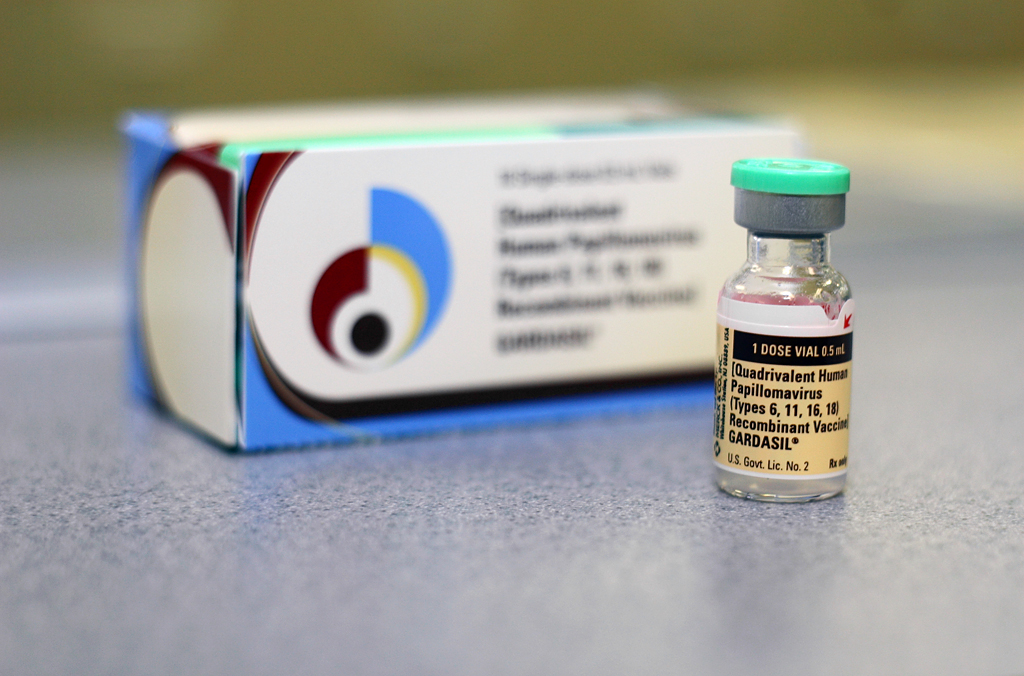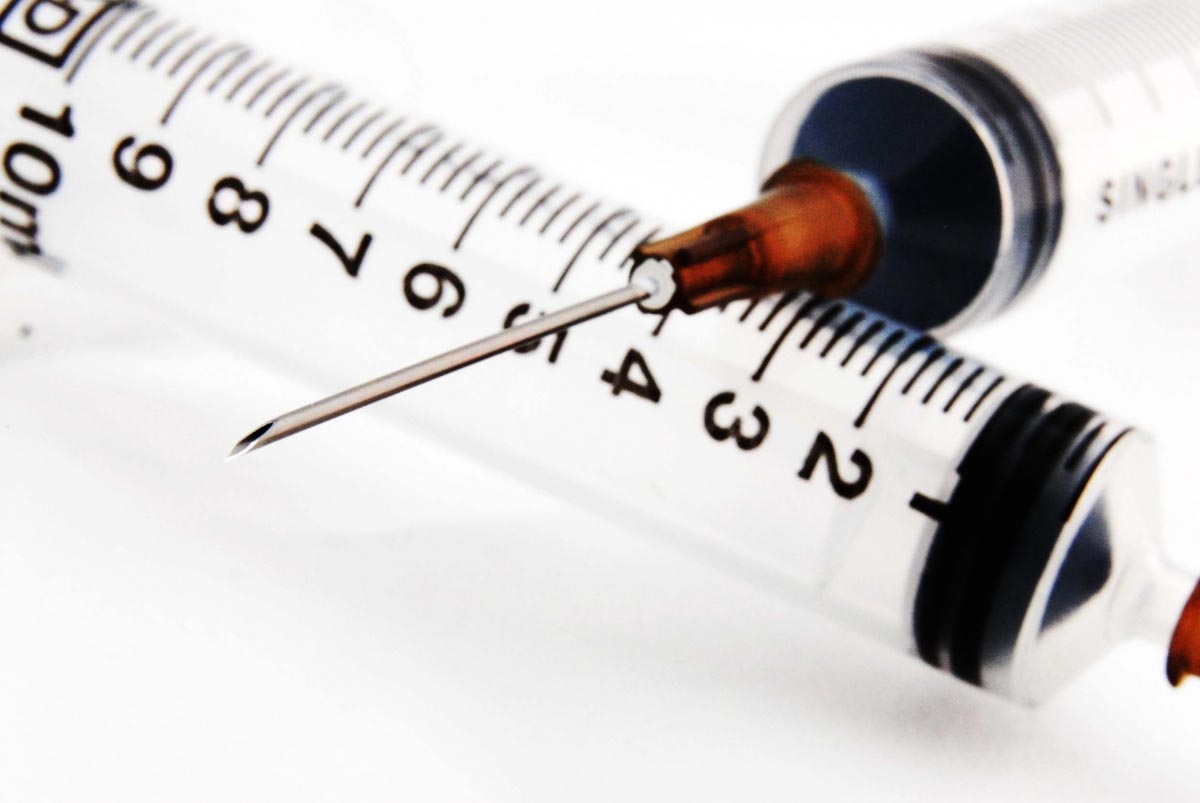Aluminum is far from harmless – here’s how to reduce your exposure
08/10/2018 / By Isabelle Z.

Aluminum doesn’t sound all that dangerous. We see it everywhere in our daily lives: we buy food in aluminum cans, we wrap our vegetables in aluminum foil and grill them, and many of us even unwittingly bake with it. The word aluminum certainly doesn’t strike fear into us the way metals like mercury and lead do, but this substance is far from harmless.
Our exposure to aluminum begins shortly after birth because it’s used as an adjuvant in the vaccines that many newborns are given. In fact, in the first 18 months of life, the average child will receive 17 injections that contain aluminum. Some of the vaccines that can contain aluminum adjuvants include the hepatitis A, DTP, DTaP, influenza type B, HPV, rabies and anthrax vaccines.
Even if you skip vaccines, you’re not out of the woods. That’s because it’s found in municipal tap water and kitchen staples like flour, salt, baking powder, and cocoa. It’s in cookware and food packaging, and it can even be found in over-the-counter antacids like Rolaids.
Once you realize how prevalent it is, it should come as no surprise that 80 percent of the people tested were found to have excessively high levels of aluminum. That’s a scary statistic because it has no benefits to the body – quite the opposite, in fact.
Aluminum is a neurotoxic substance that accumulates in the liver, brain, lungs, and kidneys. It affects bone mineralization, causes brain inflammation, and hinders calcium absorption. It has also been associated with several illnesses. For example, one study found that drinking water with a high concentration of aluminum raises the risk of Alzheimer’s disease. It has also been linked to anemia, ALS, anxiety, cognitive deficits, mood disorders, and insomnia.
Aluminum has been directly associated to male fertility problems as the metal accumulates within sperm cells. According to studies, the higher aluminum levels a man has in his body, the lower his overall semen quality and sperm count will be.
Some of the early symptoms of aluminum toxicity are attributed to other causes; these symptoms include headaches, heartburn, dry skin, gastrointestinal problems, and depression. Many people don’t draw the connection until more severe symptoms show up, such as memory loss, confusion, and paralytic muscular conditions.
If you’re concerned that you may be suffering from aluminum toxicity, the best way to determine your levels is with a hair tissue mineral analysis. That’s because blood aluminum levels do not reflect the burden on your total body.
.
Living an aluminum-free life
Whether you get tested or not, the very first thing you should do is get rid of the aluminum in your home. Toss your aluminum cookware, and don’t buy food that comes in aluminum cans. Look out for aluminum in the ingredients list of your medications and health and beauty products, and choose sea salt instead of table salt.
You should also take a close look at your drinking water. Aluminum is just one of many reasons you should not be drinking tap water. Consider getting a water purification system for peace of mind.
While these steps will help you avoid additional exposure to aluminum, what about the aluminum that’s already in your body? Chlorella, cilantro, and high doses of vitamin C are all natural ways you can detoxify. There’s also curcumin, found in turmeric, which can help protect the body from damage from aluminum and the oxidative stress that it causes.
As the planet’s third most prevalent element, it may take some effort to avoid aluminum, but it will certainly pay off when it comes to your disease risk. With four out of five people having excessively high levels of aluminum, it is clear that some major changes are in order if people want to preserve their health.
Sources for this article include:
Tagged Under: Adjuvants, Aluminum, aluminum poisoning, aluminum toxicity, Alzheimer's, clean food, curcumin, detox, disease causes, ingredients, metals, neurotoxins, toxic elements, toxins, turmeric, vaccine ingredients, vaccine injury, vaccines

















